
The secrets insider her mind are like flowers in a garden at nighttime, filling the darkness with perfume.
Fumiko Enchi
A few years ago, when I saw a photo of the Chureito Pagoda surrounded by cherry blossoms with Mt. Fuji in the distance, I absolutely knew I needed to go there. I didn’t know what it was called or where it was in relation to any major cities in Japan, but I just knew I had to go. After spending a few frustrating hours taking multiple trains from Tokyo to find this, I made sure to write down every step of the way so you can easily get there.
This post may contain affiliate links. I receive a small commission at no extra cost to you. You can find more about that here.
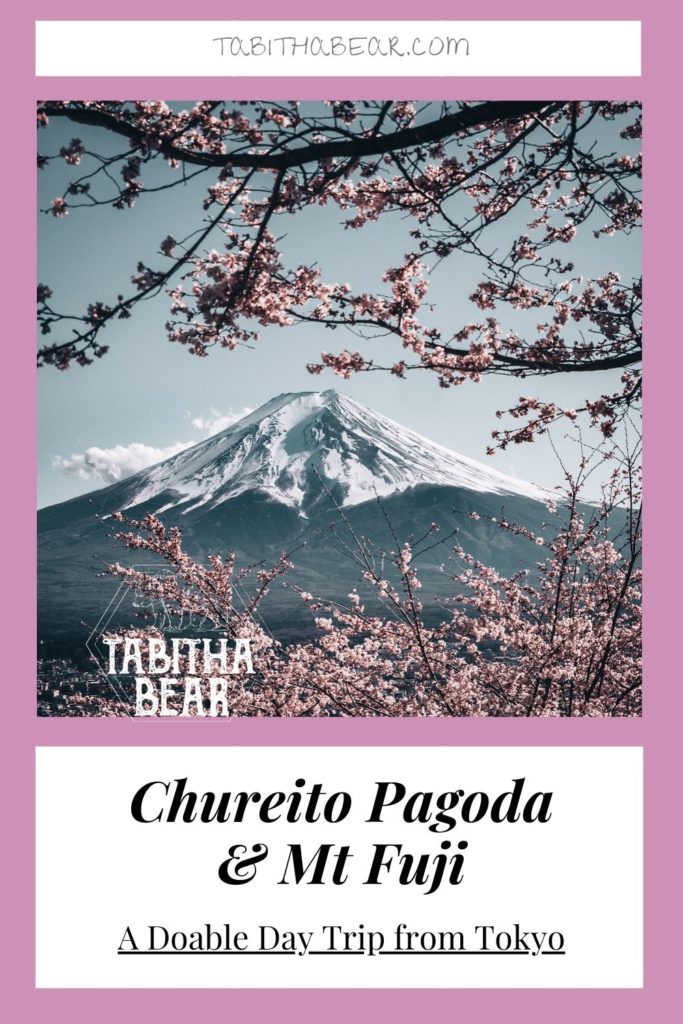
Searching for ‘pagoda in Japan’ was far too broad, and at the time, ‘pagoda near Mt. Fuji’ didn’t locate the place I was looking for, either.
I have a tendency to be an impulsive traveler, and it wasn’t until I was already IN Tokyo that I finally found Chureito Pagoda was the place I sought, and I had no idea how to get there. Between using Google Maps, my poor Japanese language skills, and help from a Conductor on the bullet train, I was able to find my way. However, I wasted a lot of my day figuring everything out. I hope this post alleviates any inconveniences for you.
History And Purpose of Chureito Pagoda
The Chureito Pagoda (officially, it is called Fujiyoshida Cenotaph Monument) was built in 1963 and is a peace memorial for those who died in WWI. It is part of Arakura Sengen Shrine Park. The shrine was built in 705, and is dedicated to Princess Konohana-sakuya hime. She is the goddess of Mt. Fuji and all volcanoes. She is also known as the cherry blossom princess.
The torii gate at the start of the walk up to the Chureito Pagoda (398 steps) is a wonderful sight. Especially when you turn around and see how wonderfully it frames Mt. Fuji.
How to Get to Chureito Pagoda from Tokyo by Train
Shinjuku Station Tokyo is the starting point:
- Japanese Rail (JR) Shinjuku Station in Tokyo to Otsuki Station
- Chuo-Sobu Line is the train you’l need. (Sometimes this may appear inverted as Sobu-Chuo, it’s the same thing!) This is an East to West line, starting at Chiba Station and ending at Mitaka Station.
- The trains are color coded! For this line, Yellow is local (stops at every station), Orange is express (stop at a few stations).
- You can use your Japan Rail Pass, if you have one.
- This part of the journey takes about 1.5 – 2 hours.
Once you arrive at Otsuki Station:
- You will need the Fujikyuko Line to Shimoyoshida Station.
- This is a local rail and does not accept the Japan Rail Pass. It’s about $10 USD (¥980).
- This is about 45 -50 minutes.
Once you arrive at Shimoyoshida Station:
- When you exit the station, go to your right and walk down the road.
- As you start, you will begin to see signs along the way pointing pedestrians to the pagoda.
- This is about a 10-20 minute walk (depends on how quickly you walk).
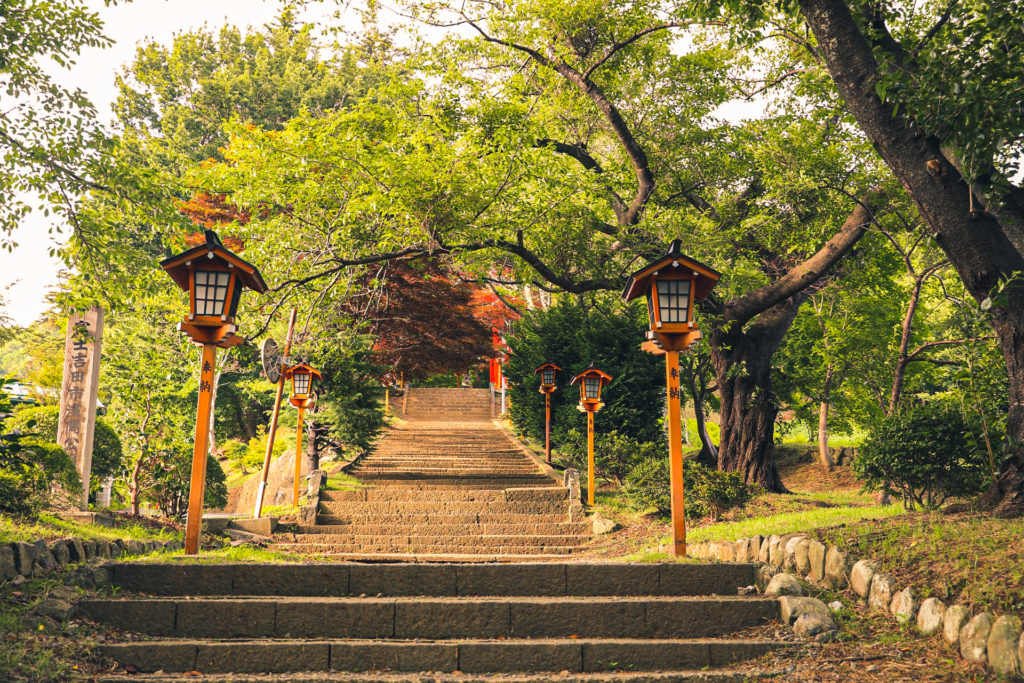
Once you arrive at the base of the steps:
- There are 398 steps between you and the pagoda.
- The start are oddly shaped steps: a couple of tiny ones, a handful of large ones.
- Afterwards, most of the steps are part of a nice, modern staircase with railings!
Accessibility Notes
There were times I couldn’t find an elevator in the train stations. It doesn’t mean they weren’t there in the main ones, but they are inconveniently out of the way at some stations. I easily found escalators.
Accessibility for wheelchairs seemed to be come less and less inclusive the more rural the train seemed to get. However – there was always a ramp off the sidewalk into the streets I was walking on.
The walk to the pagoda is on a road, and there is an incline.
There is a steep road to the left of the 398 steps that lead to the top. I walked down this road from the top, it was nice and smooth and well lit once the sun went down. Again – it is rather steep.
At the top, it is not wheelchair accessible beyond being able to be on the same level as the pagoda. To get to the ‘main viewing’ area, it requires going up stairs. They are built into a small, wooded area. There are roots everywhere, and a hiking trail that continues beyond the pagoda.
I visited this location in 2018. I plan on visiting again, and when I do, I will updated my accessibility notes accordingly.
Other Things to Do in Fujiyoshida
- There are some great little distraction trails around the pagoda to get a nice view of Fujiyoshida, the surrounding hills, and of course, Mt. Fuji.
- Fuji Five Lakes – take a 15 minute cab from the pagoda to Fujiyoshida proper to walk around, or get a ticket on a sightseeing bus tour to see the lakes.
- Fuji-Q Highland is a beloved theme park.
- Mt. Fuji Panoramic Ropeway (cable car). Get a nice aerial view of Mt. Fuji and Lake Kawaguchi.
Fujiyoshida is a base for a lot of people hiking up Mt. Fuji. This means there are plenty of places to stay if you don’t want to schlep back to Tokyo the same day.
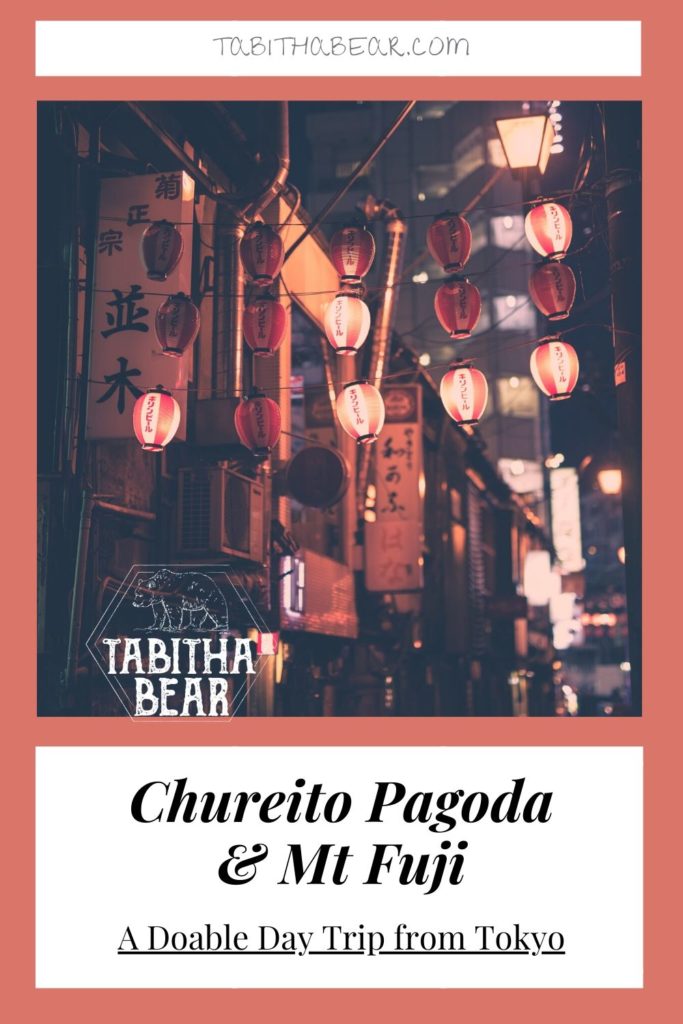
Best Time of Year
- Spring for the cherry blossoms (sakura).
- Autumn for fall foliage.
- Unfortunately, I learned this lesson the hard way by going in August, but late summer months can end in some disappointment. The humidity and heat can be unbearable, and the clouds sit a lot lower around Mt. Fuji and it is difficult to see.
Please tag me in your Chureito Pagoda and Fujiyoshida photos on IG to let me know you got there!
You can find some Japan-friendly travel hacks here.

Never Miss An Adventure.
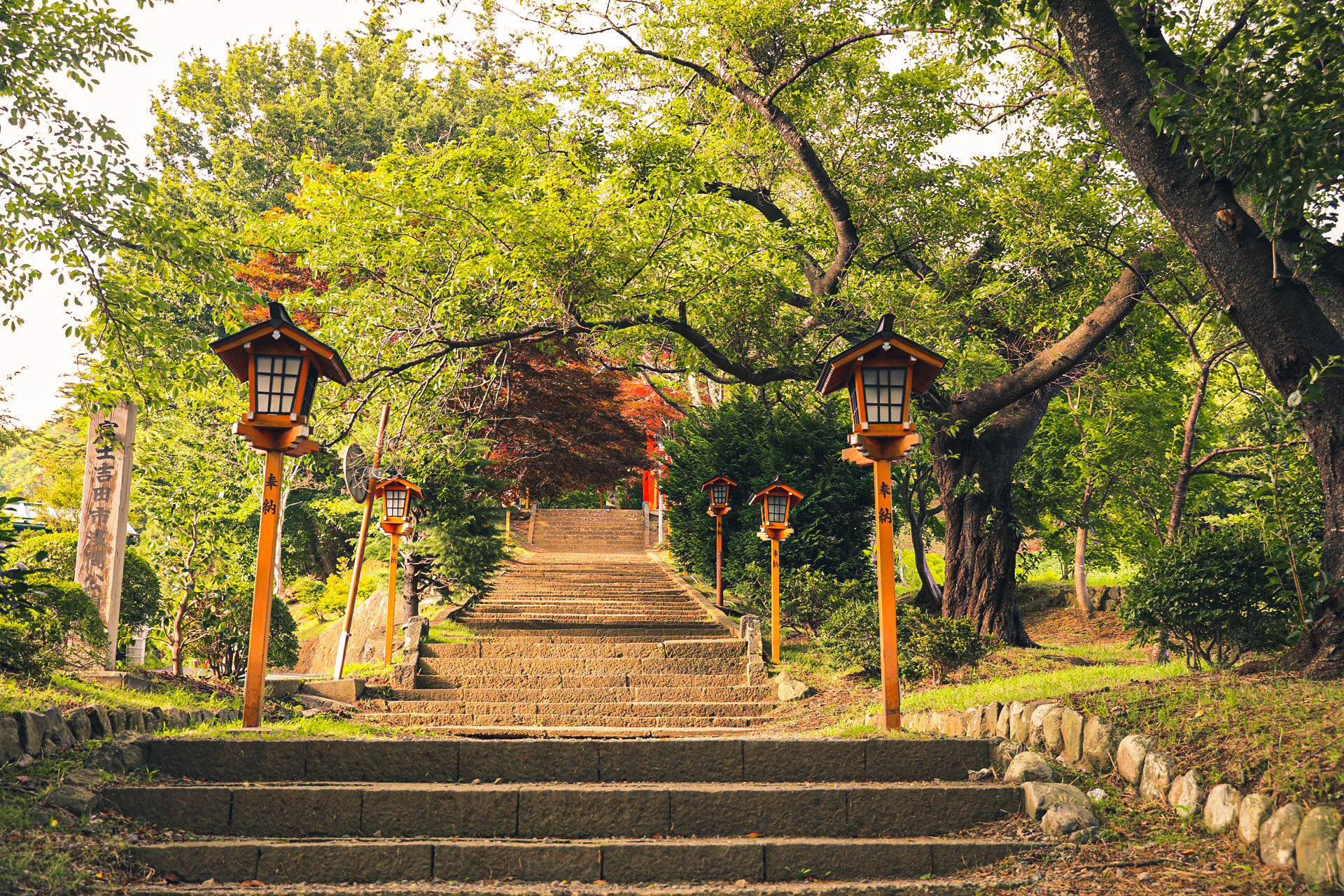

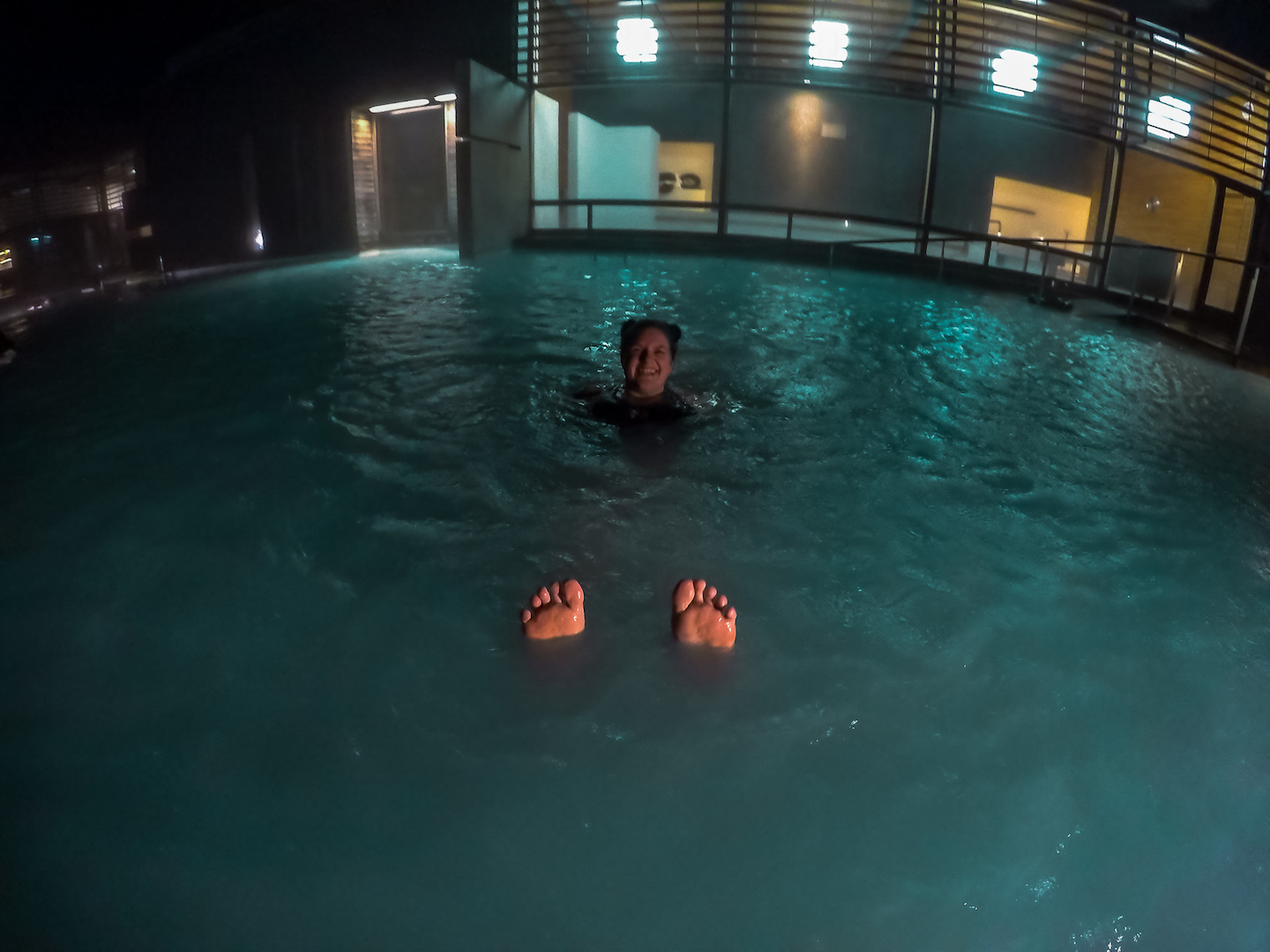
Wow, thanks for laying it out. Beautiful photos!
OMG, these photos are so beautiful, they make me wanne go there right now ?
I went at the totally wrong time of year – September. Didn’t see much in terms of the seasonal foliage, dammit.
I did, too! Apparently October/November are good for foliage & Fuji goodness.